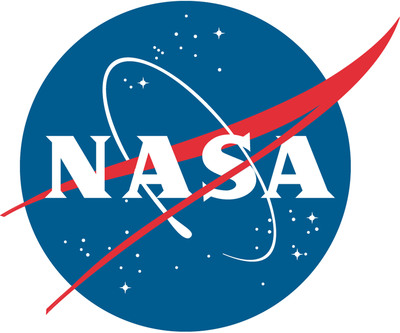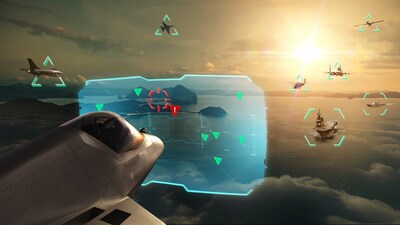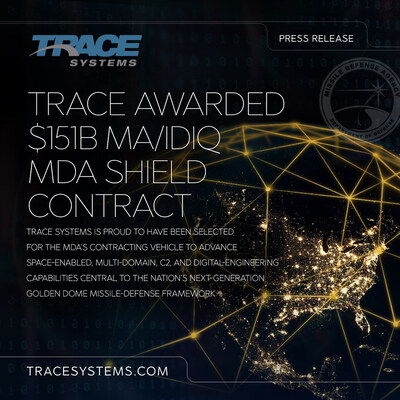NASA Awards Contracts for NOAA Coronagraph Instrument Phase A Study
GREENBELT, Md., May 2, 2023 /PRNewswire/ — NASA, on behalf of the National Oceanic and Atmospheric Administration (NOAA), has selected five firms for the Space Weather Next Lagrange 1 Series (L1 Series) Coronagraph (COR) Phase A Study. These contracted firms will provide services to help meet the objectives of NOAA’s L1 Next Series.
The firms selected are Johns Hopkins Applied Physics Lab (APL), Laurel, Maryland; EO Vista, Acton, Massachusetts; University of Colorado, Laboratory for Atmospheric and Space Physics (LASP), Boulder, Colorado; Raytheon Intelligence & Space, El Segundo, California; and Southwest Research Institute (SWRI), Boulder, Colorado. The total base value of each of these eight-month firm-fixed-price contracts is $800,000 with a four-month option valued at $400,000 for approximately $1.2 million each. The work will be performed at the contractors’ facilities.
The principal purpose of these contracts is to provide a definition-phase study of a L1 Series COR instrument. The COR instrument will provide Coronal imagery of the Sun for detection and characterization of the Earth-directed Coronal Mass Ejections. It is planned to fly on the NOAA Space Weather Next Program L1 Series satellites. The selected firms will develop the instrument concept and mature necessary technologies. The study will help define the instrument’s potential performance, risks, costs, and development schedule. The results of the study will be used to set performance requirements for the COR instrument implementation contract, which is planned for award in 2024.
The Space Weather Next Lagrange 1 Series Project will accomplish the next phase of Space Weather observatories at the first Sun-Earth Lagrange point (L1) with the goal of providing continuous measurements of the space environment and observations of the Sun’s outer atmosphere and contributing to accurate forecasts of space weather disturbances. “Space Weather” refers to those conditions in Earth’s space environment that may be damaging to human health or to technological systems deployed in space or on the ground.
NOAA’s Satellite and Information Service has developed the Space Weather Next Program, the parent program to the L1 Series Project, with acquisition assistance from NASA. The main goal is to provide critical data to the NOAA National Weather Service’s Space Weather Prediction Center. The program and related NOAA activities are aligned with the National Space Weather Strategy and Action Plan (2019).
The L1 Series Project will maintain observational continuity of real-time solar imagery and solar wind measurements (plasma properties and magnetic field) that have been provided for decades by legacy missions such as: the Solar and Heliospheric Observatory (SOHO), a joint NASA and ESA (European Space Agency) mission carrying the Large Angle and Spectrometric Coronagraph (LASCO) telescope; and NOAA’s Deep Space Climate Observatory (DSCOVR) mission. The next operational space weather mission at L1, Space Weather Follow-On Lagrange 1 (SWFO-L1) is planned for launch in 2025 and has a five-year design life. The first L1 Series launch will provide operational overlap with SWFO-L1 to provide for cross-calibration with the SWFO-L1 instruments. The L1 series will extend continuity and resiliency of real-time solar imagery and solar wind measurements.
The L1 Series Project is a collaborative partnership between NOAA and NASA. NOAA funds, operates, and manages the mission and NASA’s Goddard Space Flight Center in Greenbelt, Maryland, manages the acquisition of the Phase A Formulation contracts.
For more information about the Space Weather, please visit:
https://www.nesdis.noaa.gov/next-generation/space-weather
![]() View original content to download multimedia:https://www.prnewswire.com/news-releases/nasa-awards-contracts-for-noaa-coronagraph-instrument-phase-a-study-301813841.html
View original content to download multimedia:https://www.prnewswire.com/news-releases/nasa-awards-contracts-for-noaa-coronagraph-instrument-phase-a-study-301813841.html
SOURCE NASA




 Private Internet Access gives you unparalleled access to thousands
of next-gen servers in over 83 countries and each US state. Your
VPN experience will always be fast, smooth, and reliable.
Private Internet Access gives you unparalleled access to thousands
of next-gen servers in over 83 countries and each US state. Your
VPN experience will always be fast, smooth, and reliable.

